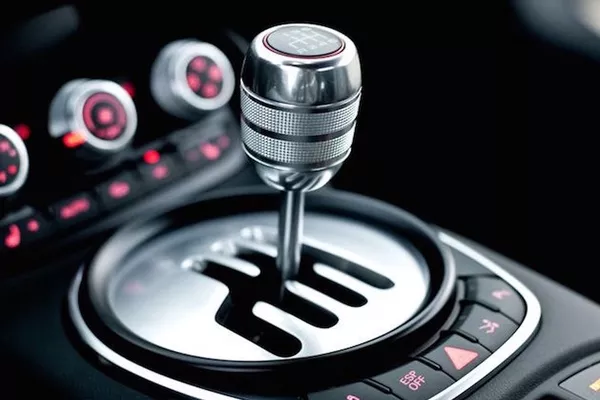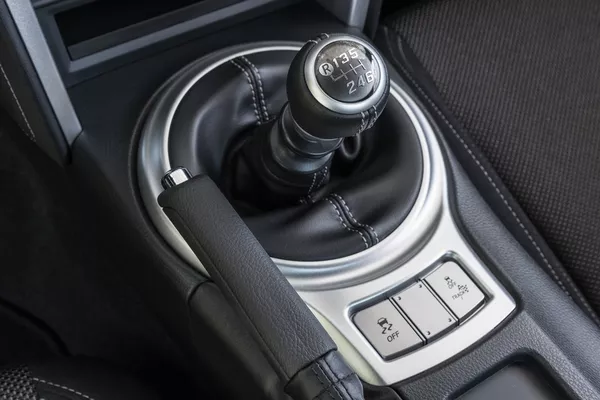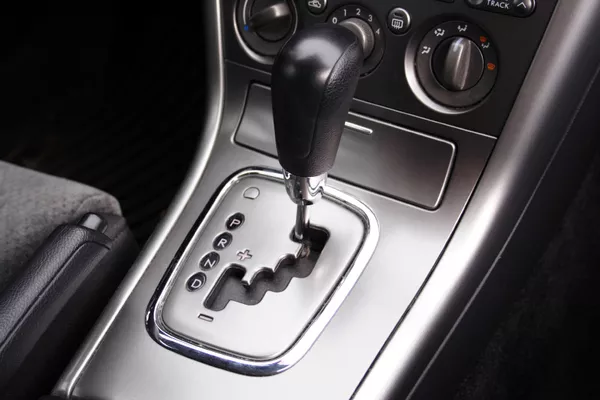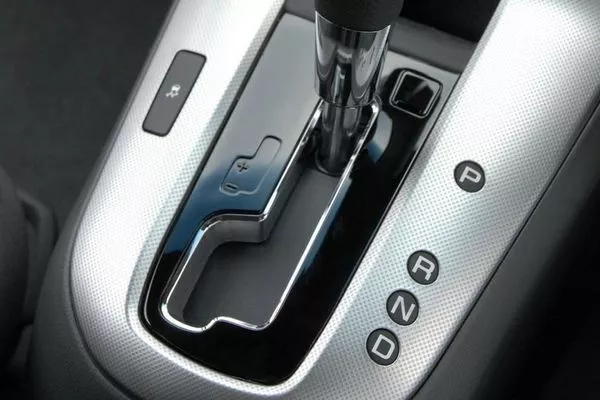Today, the type of transmission plays an important factor when someone plans to purchase a car. Understanding the options out in the market and the differences are vital in ensuring that the correct choices are made since car shopping is a huge investment. Philkotse.com prepared the different types of transmission and their differences.
1. How does transmission work?
This is the first concept to get acquainted with. A car transmission basically follows the old age concept of a lever in the form of gears and gear trains to power the car via the production of speed and force.
In mechanical engineering, transmissions improve the efficiency of the mechanisms and help maximize the engine’s rotating force. The gear is composed of a wide assortment of rotating levers. The larger the gear is, the longer it will complete a full rotation. Despite the time, larger gears tend to produce better force.
The gears that are needed to be shifter in the car are the engine shaft, the driveshaft, and the countershaft. This is where options like manual transmissions, automatic transmissions, and semi-automatics come into play.
>>> Read more: Learn about the 4 most popular types of transmission these days.
Manual transmission
A car with a manual transmission is also commonly referred to as a stick-shift, and it requires its driver to use a stick so changes in the gears can be triggered. Manual transmissions also use a clutch pack. Cars with manual transmissions are usually everyone’s first car where the shift lever is often if not always mounted vertically on the center console.
To change gears, there is a clutch disc crammed between the engine and the transmission. This is being released through a third pedal found on the left of the car’s brake. Once the clutch is released, the needed gear can be selected, then locked by the clutch again.
The proper pressure and timing are required here as engaging the clutch slower than usual will cause the disc to wear out early while doing it too quickly can cause some engine stalling.

A car with a manual transmission is also commonly referred to as a stick-shift
One advantage of driving a stick shift is that drivers who can drive this type can virtually maneuver any kind of vehicle anywhere in the globe. Aside from that, a relationship is formed between the car and the driver with each finding the other’s component’s preferences and adjusting to it accordingly.

Drivers who can drive a manual transmission car can virtually maneuver any kind of vehicle anywhere in the globe
Automatic transmission
This type of transmission is based on a planetary gear set and is utilizing a torque converter meaning the transmission is capable of shifting and adjusting gears on its own. All the driver needs to do is to set the car in drive mode and leave it as is as it will change gears on its own.
P is for the park, R for reverse, N for neutral meaning the car can roll on its own, D for the drive. For folks with automatic transmissions, driving is such a breeze as they practically just have to sit there and steer.
A transmission that can shift gears without any human intervention was a huge leap when it comes to automotive technology. It was considered then as a luxury and was a costly option. But today, it has become an everyday norm with most well-known car manufacturers offering an automatic variant for their models.
>>> Also read: Traffic in the Philippines & your automatic transmission.

The automatic transmission is based on a planetary gear set and is utilizing a torque converter
An automatic transmission also has two kids, and that’s the traditional automatic where it is connected to the car’s engine through the hydraulic torque converter while a dual-clutch automatic is reliant on a clutch twinset.
The process of shifting automatically can be done electrically or hydraulically, wherein the critical parameters like the throttle pedal position, current speed, and the revolution being completed are closely being monitored.
The debate of which is the better type of transmission would go on forever as each has its own loyal enthusiasts. Each has its advantages and also opportunities. The driver or user of the vehicle has a significant impact on this because the type of transmission should suit the unique needs and preferences of the person who would continuously drive the car.
It’s a good thing that semi-automatic cars are now an available option. Undecided people can opt to go in the middle and have the best of both worlds. Usually the best transmission for sports cars, you have the automatic transmission but also the option to switch to manual mode as preferred.

The process of shifting automatically can be done electrically or hydraulically
>>> Grasp your attention: Ending the controversial debate: Automatic or Manual Transmission?
2. How semi-automatic cars differ from the manual and automatic ones?
A semi-automatic transmission follows the principle of the manual and automatic transmission, which is utilizing the car’s kinetic energy to push the wheels to turn via the rotation of an input tube and other gears. A clutch is placed in between the gearbox and the engine that will let the gearbox to engage and partially engage as needed.

A semi-automatic transmission follows the principle of the manual and automatic transmission
In a manual transmission, a pedal is used to trigger and unlock the clutch and a lever is also involved for the gear shifting. For a semi-automatic transmission, there is a set of actuators and a single hydraulic motor that replaced the gear lever and the lever.
A control unit is also incorporated that is responsible for other functions like the speed of the car, the engine torque, and the accelerator pedal, just to name a few. In summary, this little control unit will dictate the time and direction of the shifting of gears.

There is a set of actuators and a single hydraulic motor that replaced the gear lever and the lever
Overall, before you decide on the type of transmission, may it be manual, automatic, or semi-automatic, consider some of the factors as purchasing a car is an investment.
It would be best to determine and uncover your personal needs and find what would cater to and exceed those needs. Learning more about the features, benefits, and even the advantages of each type of transmission would also be useful as a car is not something you’d want to use just for a short time.
>>> Check out: Continuously Variable Transmission (CVT) vs. Dual Clutch Transmission (DCT): Which is better?
Another key recommendation is deciding which is more important between power and acceleration, mileage, and fuel economy. This circles back to really knowing what you want. Lastly, it would be maintenance and repairs.
Each car and each type of transmission would have a unique approach of ensuring that it is in tip-top shape, and this involves a little portion of money dedicated solely for this purpose.
Recent posts
- To your opinion: Pros and cons of dual clutch transmission Aug 08, 2019
- Maintenance tips: This is how to do proper automatic transmission clean Aug 16, 2022
- How to drive a manual transmission car with slipping or broken clutch Jul 17, 2019
- How to troubleshoot a failing transmission Aug 16, 2022
- Top 9 biggest mistakes when driving a manual transmission car Mar 13, 2019












